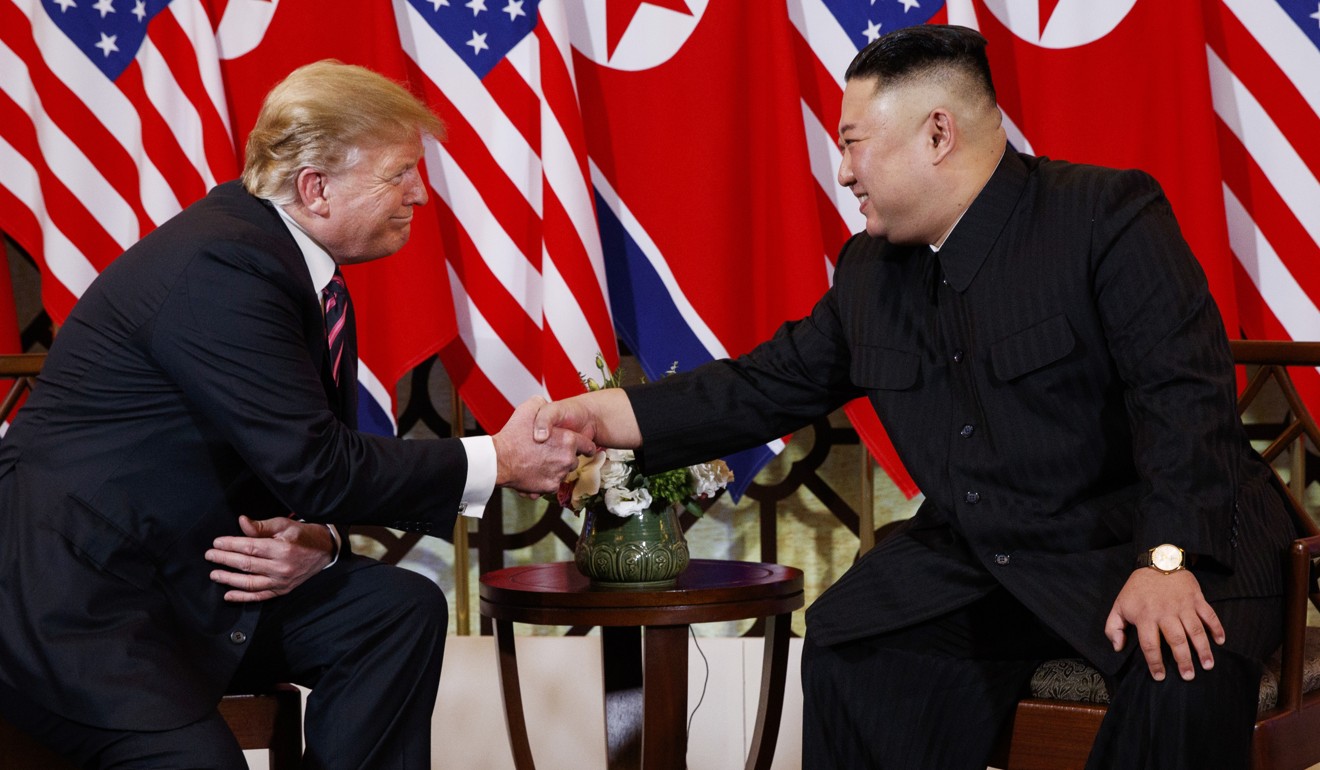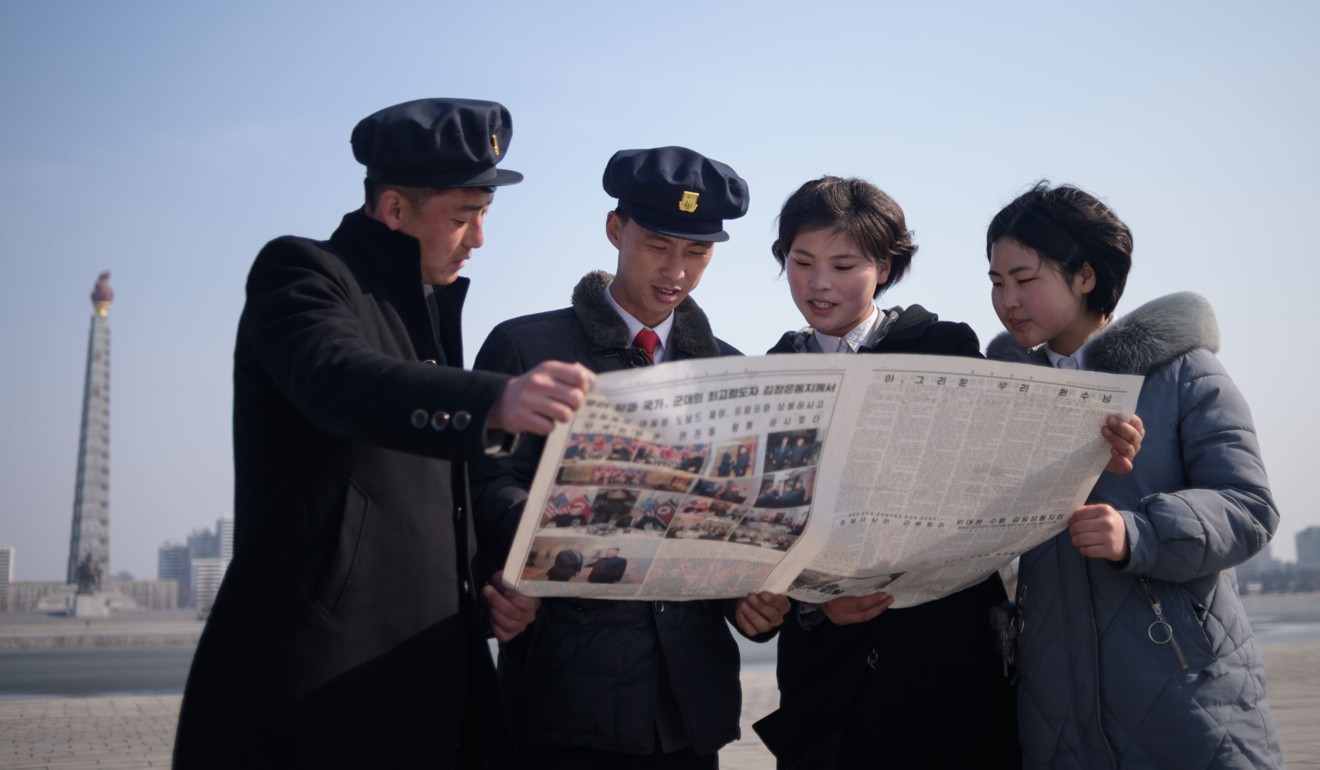
Trump-Kim failed, but can Japan’s Abe reach North Korea through China?
- With Washington and Pyongyang in a stalemate, Tokyo has an opportunity regarding Japanese abductees in North Korea
- But if Abe is next to ‘face Chairman Kim’, he’ll need a hotline to Pyongyang. Who’s he going to call?
However, getting into talks with Pyongyang would be difficult for Tokyo without some measure of progress on the issue of Japanese abductees – Japan has listed about 17 men and women it says were taken by North Korean agents in the 1970s and 1980s. But Pyongyang says that only 13 were abducted, five were returned in 2002, while the remaining eight are dead (though the North has never provided any conclusive evidence).

It is possible that with the current stalemate with Washington, Pyongyang may be tempted to make some overtures to Tokyo. For Abe, the North Korean imbroglio also represents a huge opportunity. If he can bring back the remaining Japanese in North Korean custody before he steps down from power in 2021 he will cement his position in Japanese history.
In addition, with both Beijing and Tokyo facing tough times on the economic front vis-à-vis Washington, Beijing could help set up a back-channel between Tokyo and Pyongyang, so that the two sides could test the waters, before the top leadership agree to meet (if at all). For Tokyo, things have quietened down ever since the US and the DPRK agreed to sit on the negotiating table. Before that, it was in 2017 that the North sent missiles flying over Japanese territory twice and had also threatened to “sink” Japan. However, the Singapore summit between Trump and Kim in June last year brought little cheer for Japan.
On the other hand, Tokyo’s worries were compounded by the fact that the US and the DPRK got talking without agreeing on any fixed timeline for eventual denuclearisation by the North. Pyongyang had also not broached the subject of short and intermediate range ballistic missiles, which have Japan in their crosshairs.

Trump seemed only to be concerned about the long-range missiles and nuclear weapons of the North, which are a direct threat to the continental United States and to US territories like Guam.
However, Tokyo could now look towards the backchannel with Pyongyang, with help from Beijing and Seoul. Sooner, rather than later, Japan would need to face the elephant in the room: North Korea, if it is to sort out all issues, including the issue of Japanese abductees.
Rupakjyoti Borah is with the Institute of South Asian Studies at the National University of Singapore. The views expressed are personal. Twitter @rupakj

